Sculptures
Some time ago, a certain mayor of the city took upon himself the beautification and preservation of the city’s heritage and stories. Now you can see art works - fountains and sculptures and plaques - commemorating nuggets of the city’s heritage.
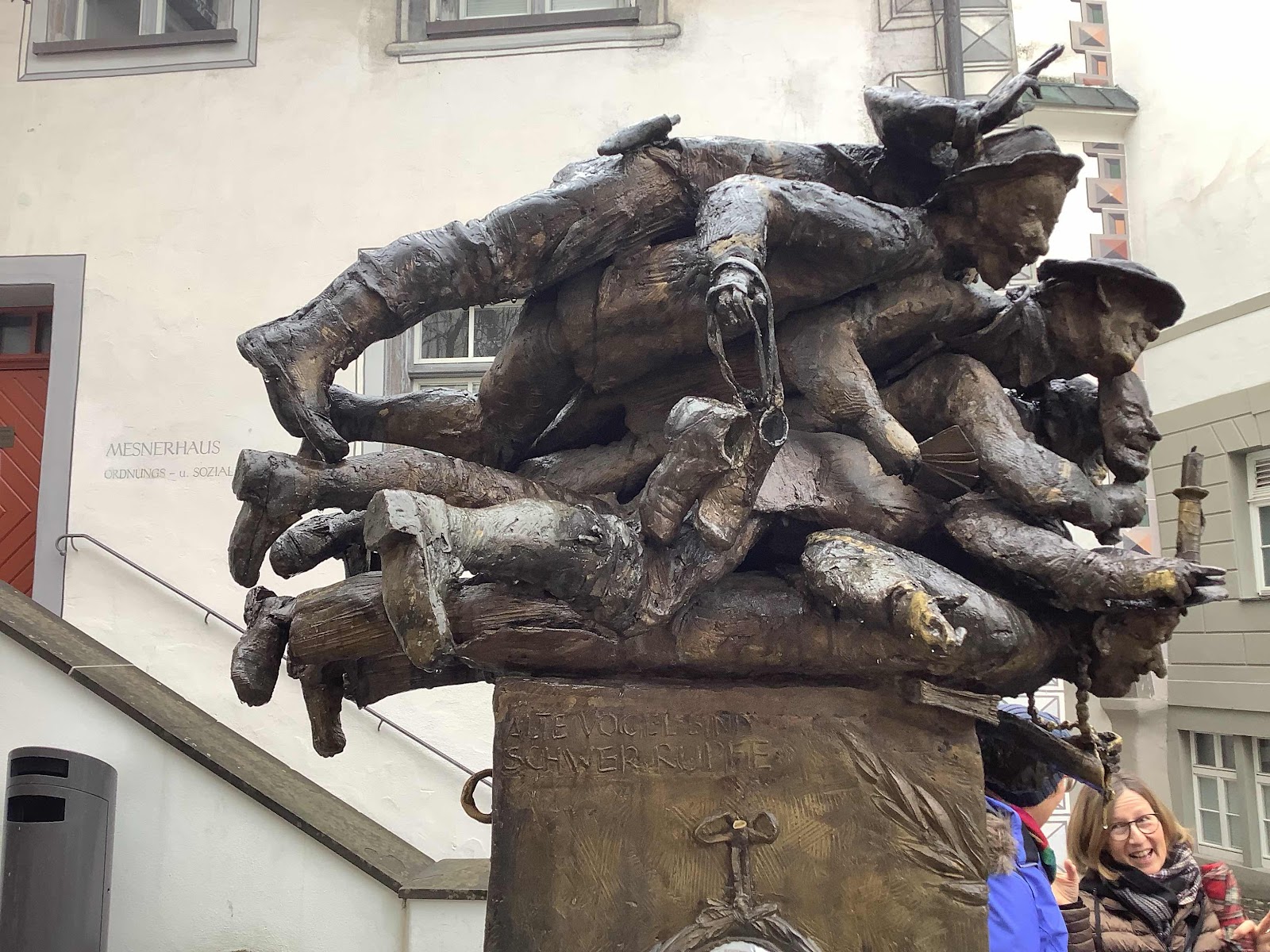
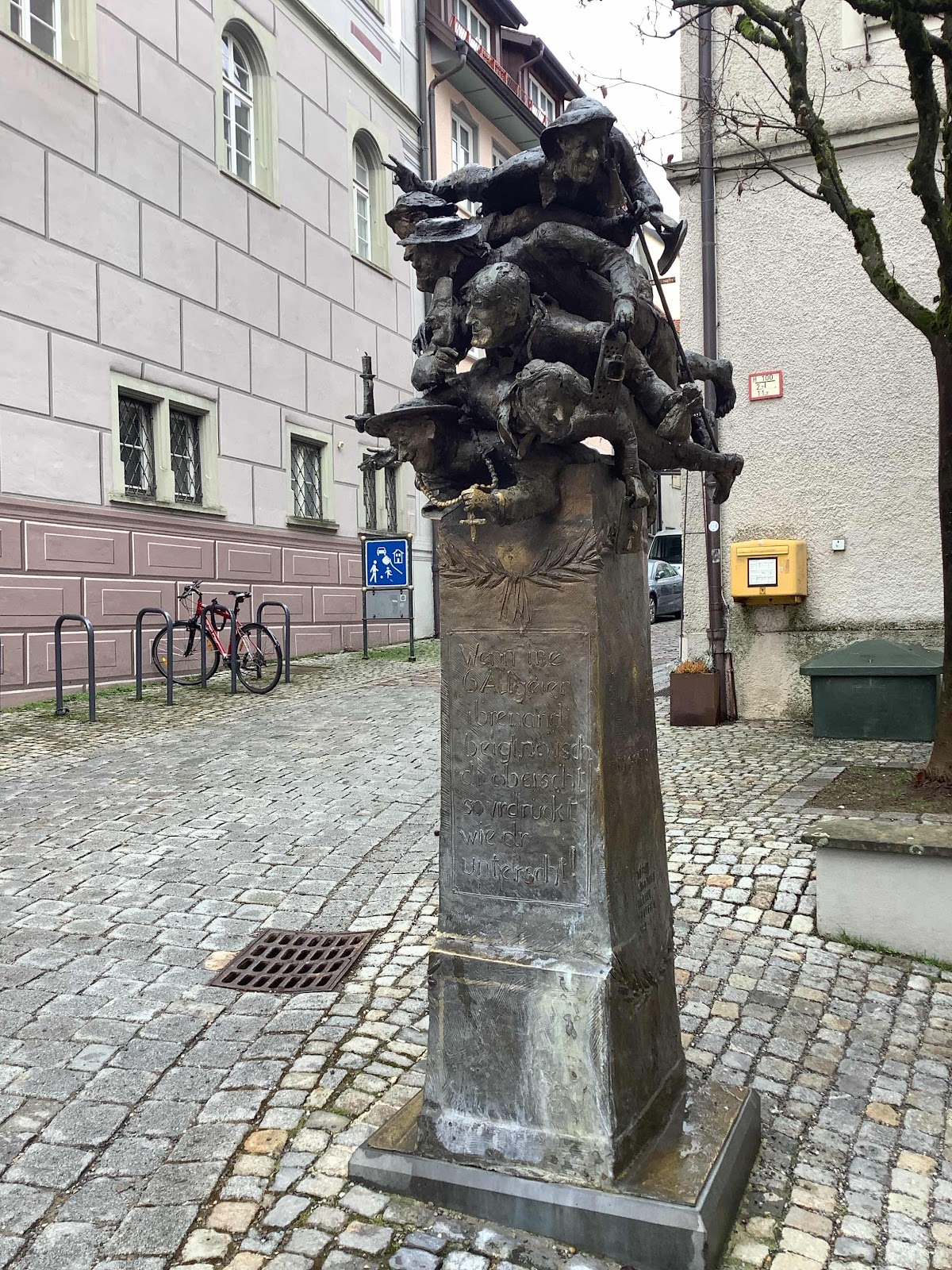
This work is about being “pressed.” The people of this region are considered to be somber, serious, not given to frivolity, and slow to engage in new things. So the inscription on the plinth says that the top figure is as pressed as the bottom ones.
Each figure represents a vocation: priest, financial officer with the mask, watchman, etc.

This one is Maria, the millers daughter. She was the last of her family, but never married or had children. She wore a wool-stuffed hood to protect her head from drying out. An odd soul. Toward the end of her life in the late ‘50’s, cars were becoming quite popular, and people wanted more roads. So the city wanted to buy the old mill, Maria’s family home, and tear it down to build a road. She didn’t like the idea and resisted. The mayor went to visit her, and her many cats to a liking to him, so he was induced to work out an agreement with Maria. This stipulated that the city could buy her mill house, on the condition that she would live in it until she died, which she did shortly thereafter, and that the city NOT tear down her house. They didn’t, and are glad for that. It is now the city museum, and a great attraction, and an historic piece is preserved, including that section of the city wall.


This sculpture is related to the former old folks home and workhouse (the earlier version of welfare, in which one worked hard for his bare sustenance) that used to be in this part of town. The dove on the top represents the Holy Spirit and the Christian piety of charity to the poor and downtrodden. The birds on the fountain edge are the well-to-do folk who could pay for their elder care.
Then…
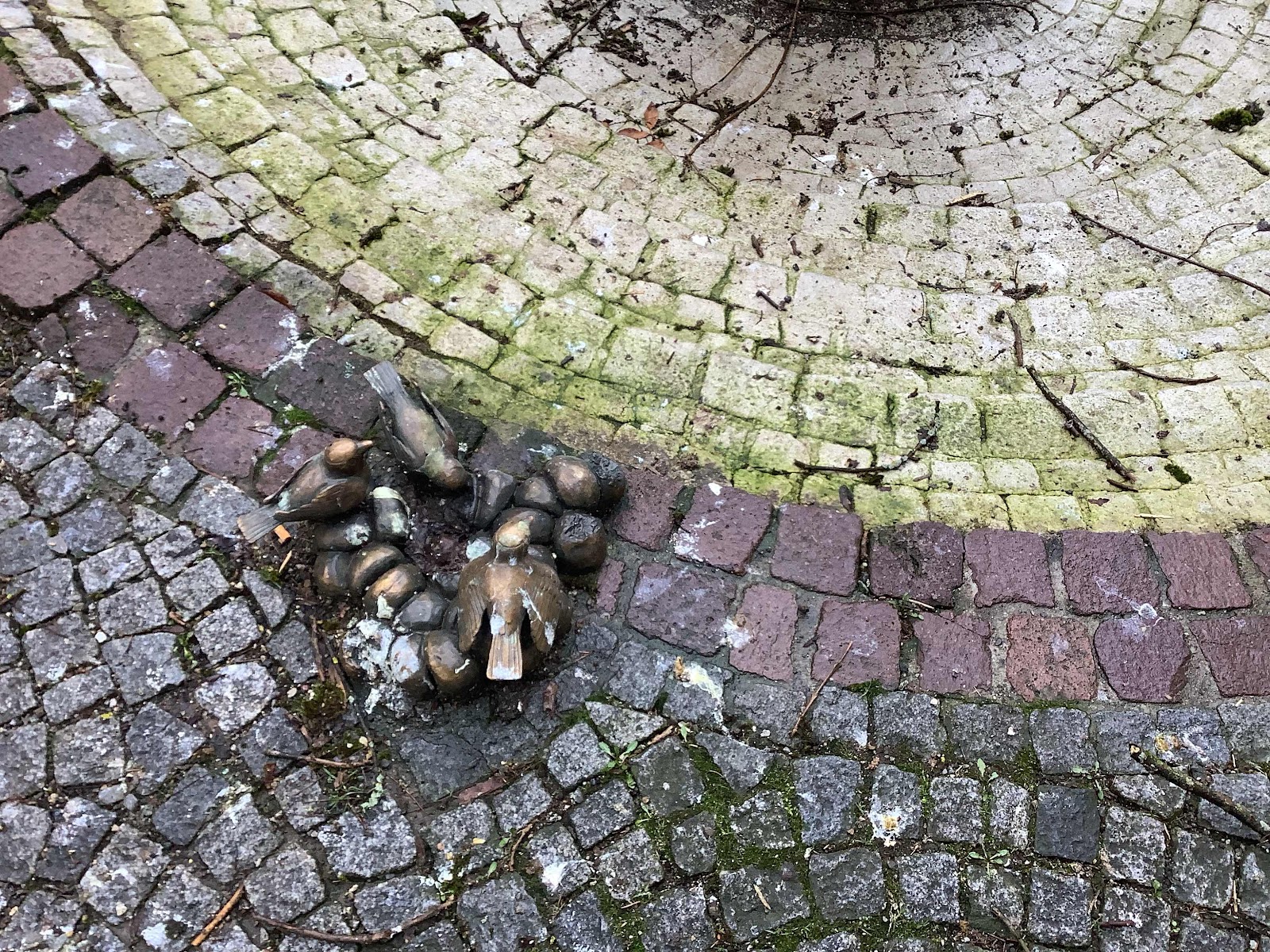
….at the base of the fountain are the little sparrows pecking at the “horse apples” - representing the poor folk who get the crumbs of charity.
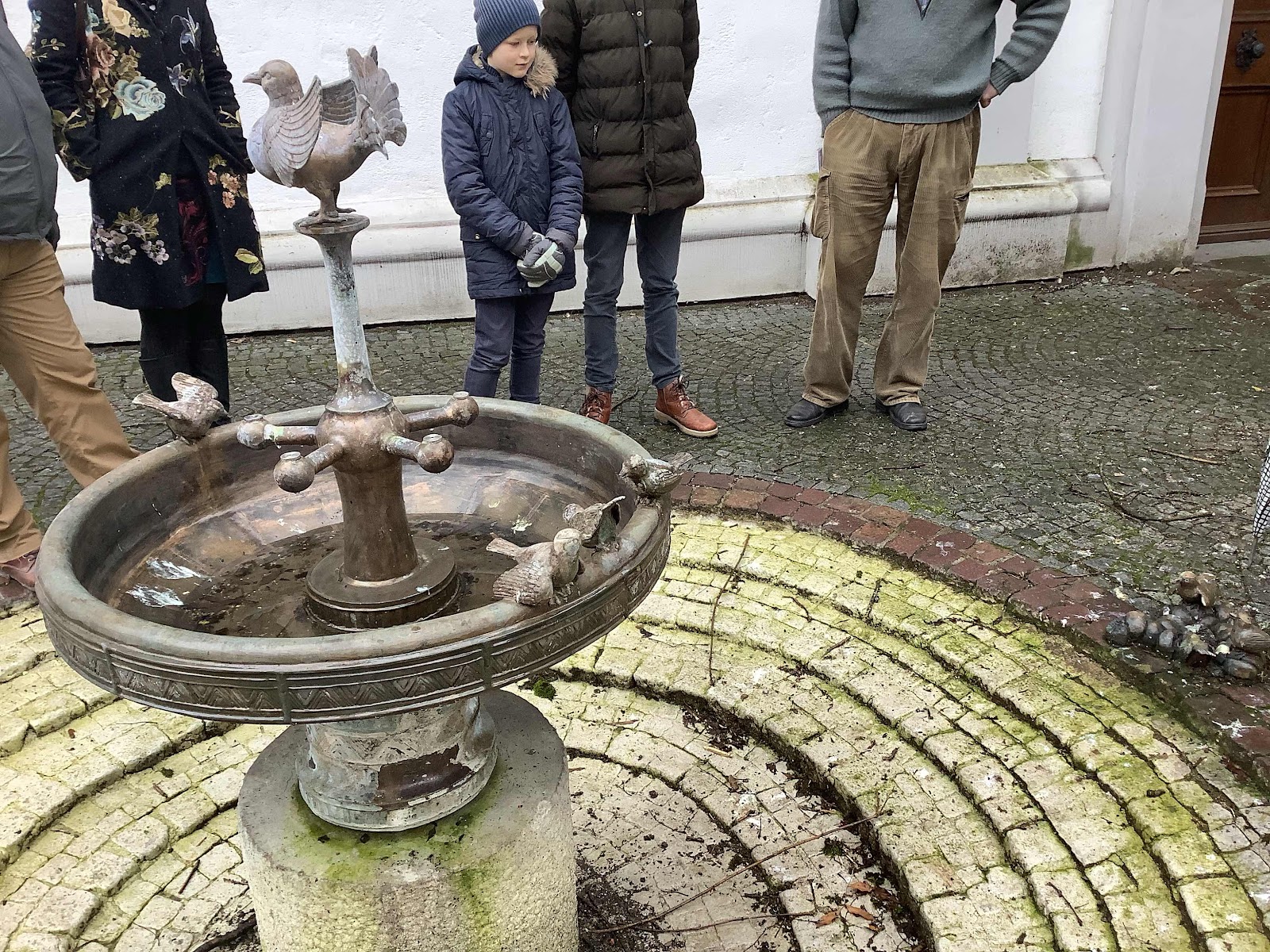
Outside the city wall, along the River, is this fountain (they don’t run in the winter). If the fountain were running, it would have water pouring from the woman’s pitcher over the man’s head. “Washing his head” is a saying meaning something like “chewing him out” or telling him what’s what or berating him. It is a story from the city archives: a wife went to the city council (they adjudicated civil matters) saying she just couldn’t live with her husband, and when he was called in, he said the same of her. So, in its wisdom, the council said the pair would be put in a room with one plate, one fork, one of each thing, to work out their disagreements and come to terms. No historical record records the outcome.


In one of the through-ways of a tower is this sculpture in the cobblestones. It says “Wangen leaves one hanging.”
It refers to a number of things, including the cobblestones that catch ladies’ shoe heels, making good business for shoemakers. There were other references to the hangman and about the gates: one can come in the taller gate but get hung up exiting through the smaller gate.
The next sculpture is quite intricate. I don’t have a full image, but visualize a pedestal with four niches, each containing a revolving scene. The whole makes up a fable from Aesop. A farmer and his son and their donkey are going to market. The busy-bodies ask why they are idiots to walk when they have a donkey to ride, so the young son rides the donkey. Then other busybodies ask why the healthy young son has no respect for his old father and is riding while the poor old father walks. So they switch. Then more busybodies ask why the poor boy isn’t riding, so they both ride. Then they get criticized for overloading the poor donkey, so they carry it. Then after all that hassle, they sell the donkey at the market, and carry their things on their backs. And the moral of that story is…… you know.


Rolling in the mud. When it rains, there is a puddle.
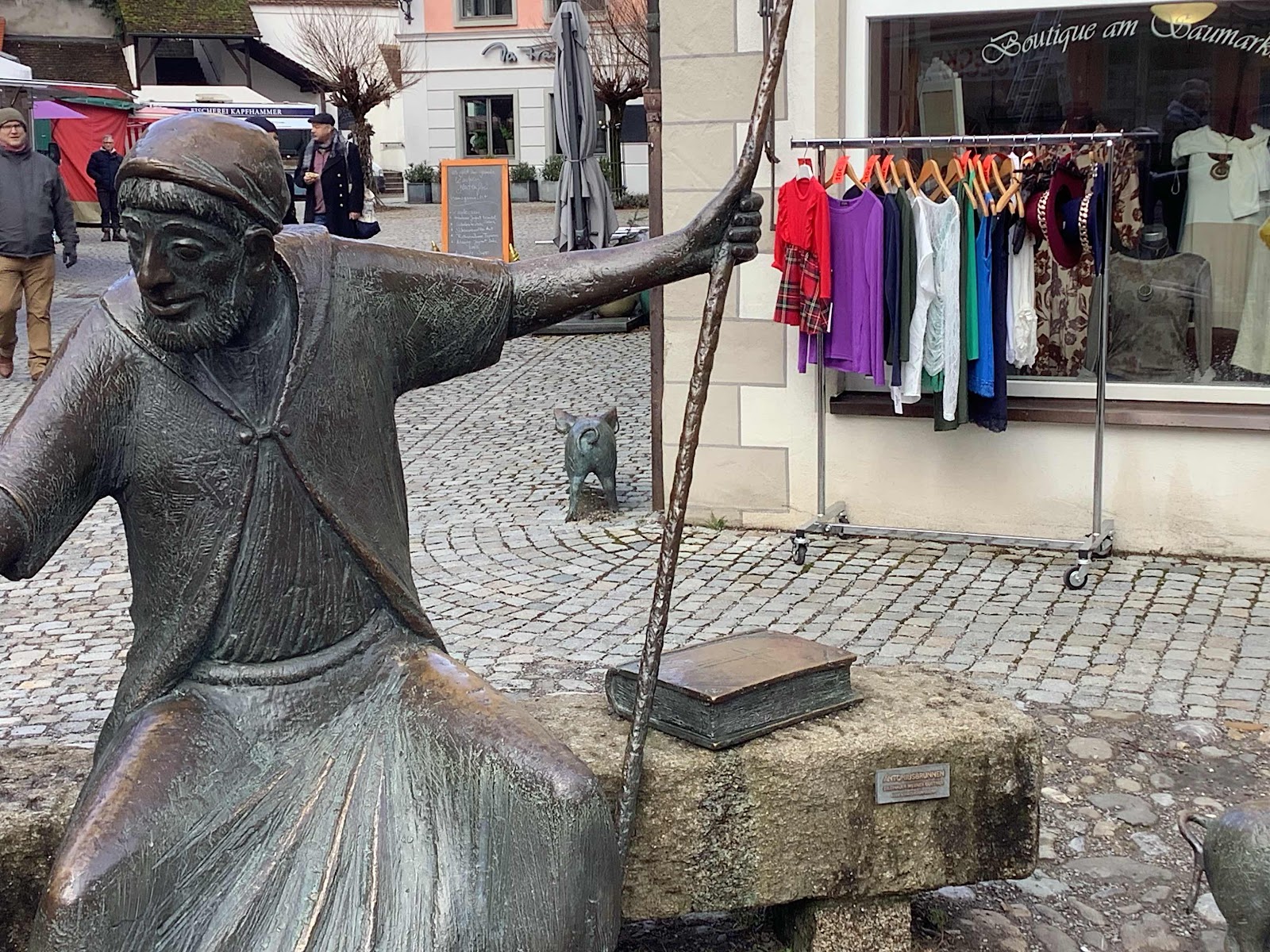
One is going away.

And this little one was found all the way across the square.
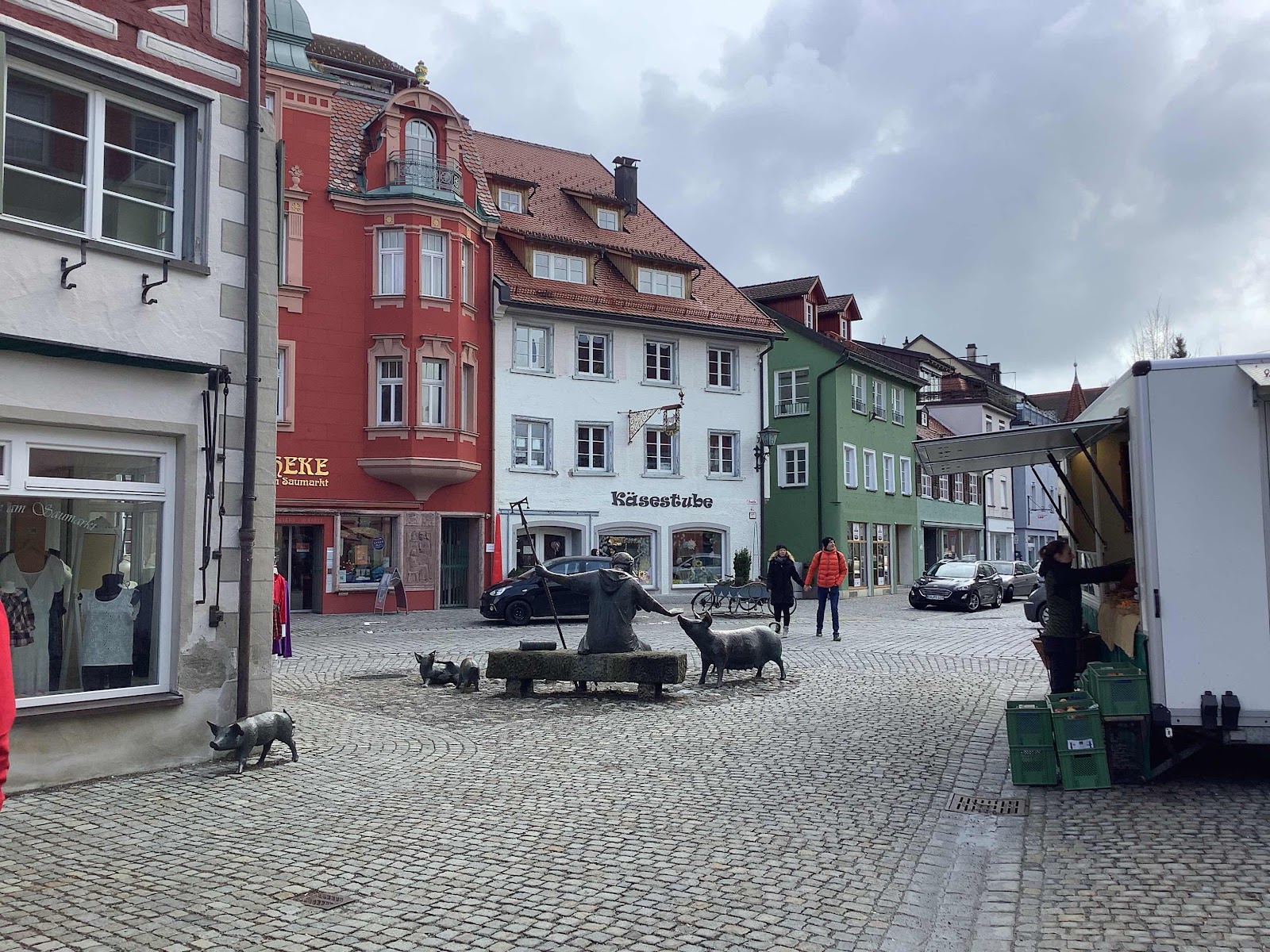
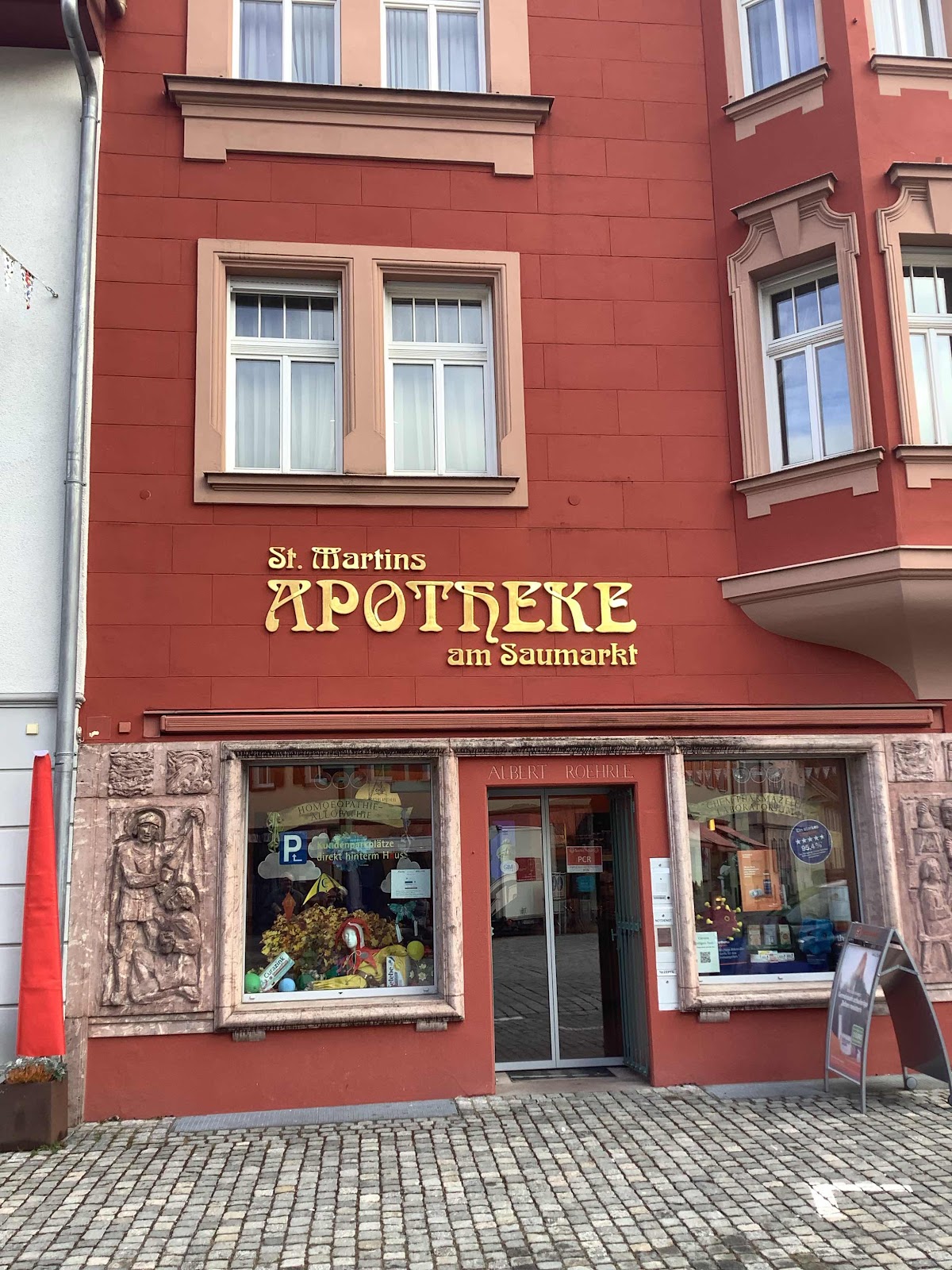
And nearby, St. Martin, sharing his cloak.
Then, by the Rathaus (government building), my favorite…
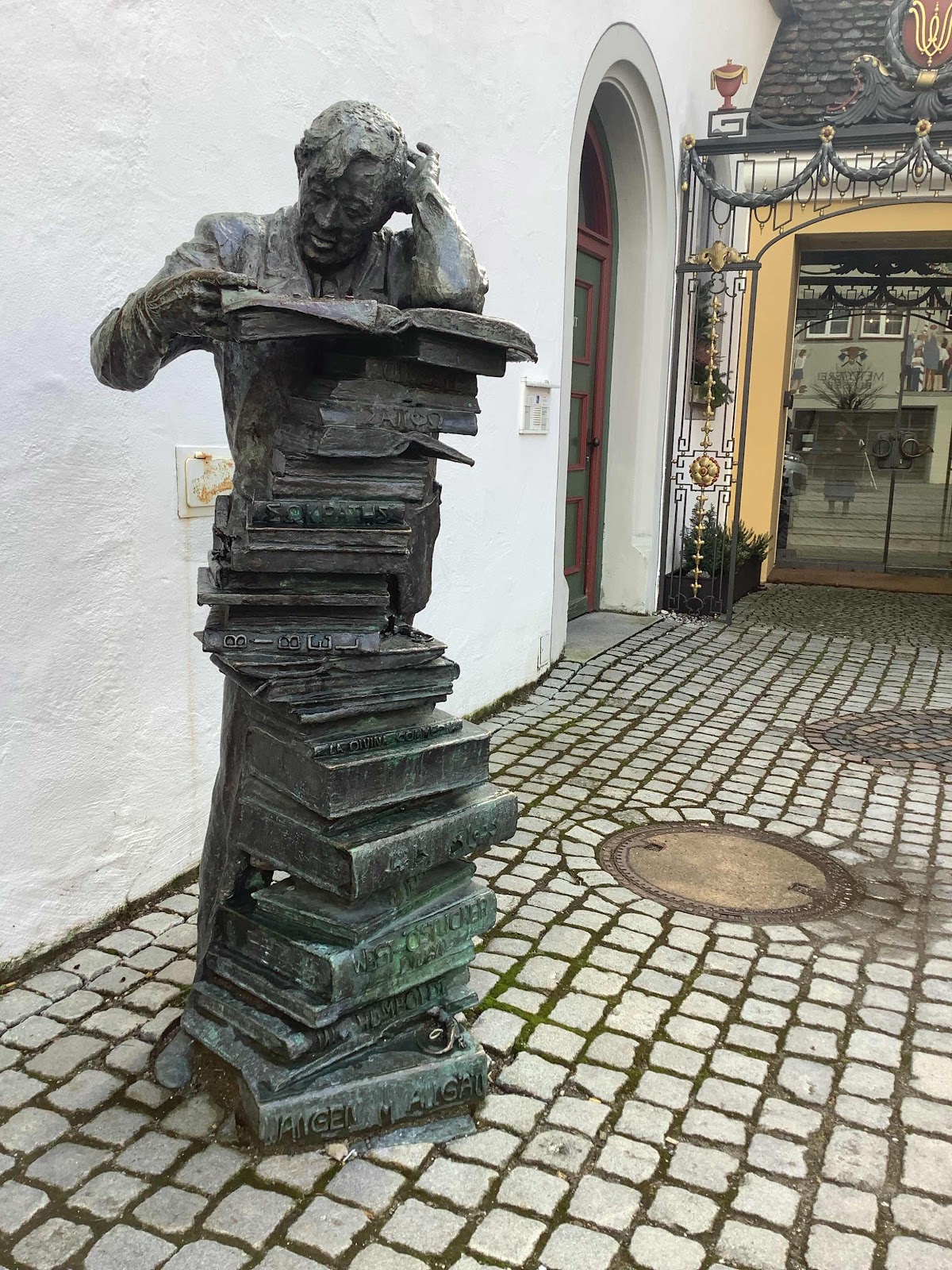
We can relate.
To be continued….. about nooks and crannies and this and that.
